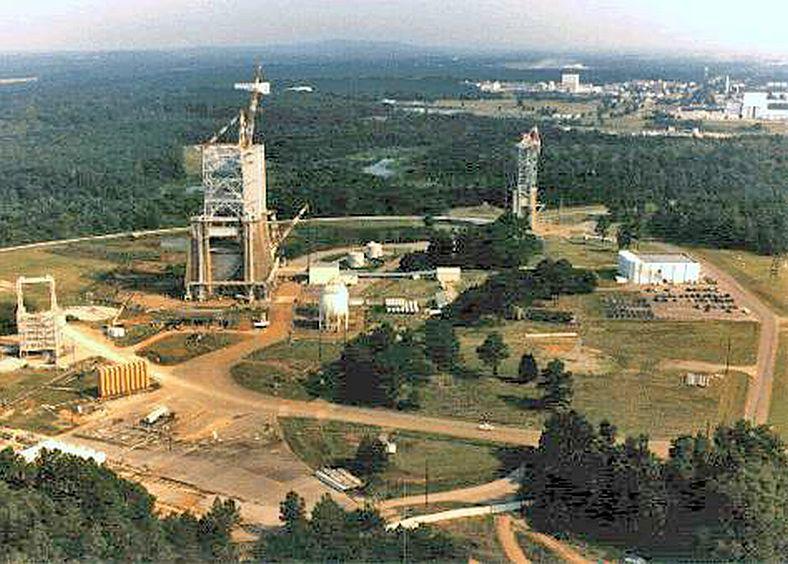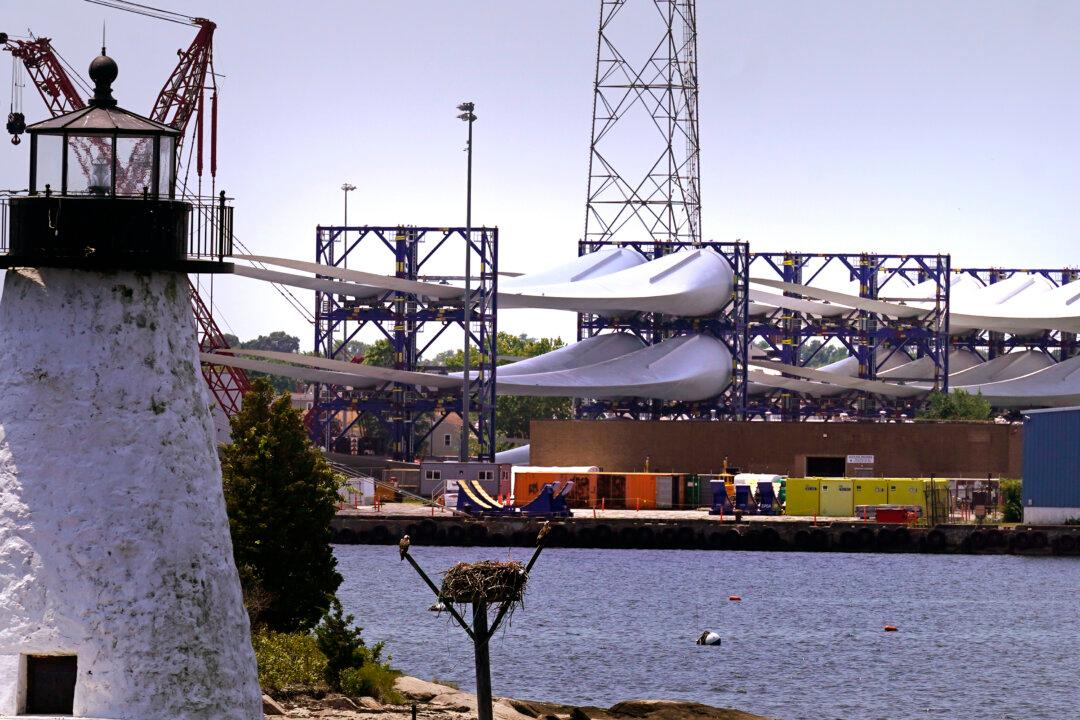A measure within the proposed fiscal 2024 (FY24) defense budget grounds U.S. Air Force Secretary Frank Kendall until he issues a much-delayed, politically fraught decision on moving the newly created Space Force’s headquarters to Alabama from Colorado.
The stipulation was placed within the draft $874.2 billion National Defense Authorization Act (NDAA) by House Armed Services Committee Rep. Mike Rogers (R-Ala.).





